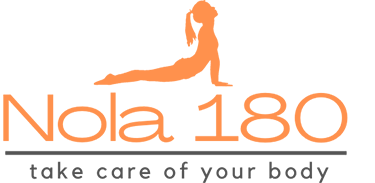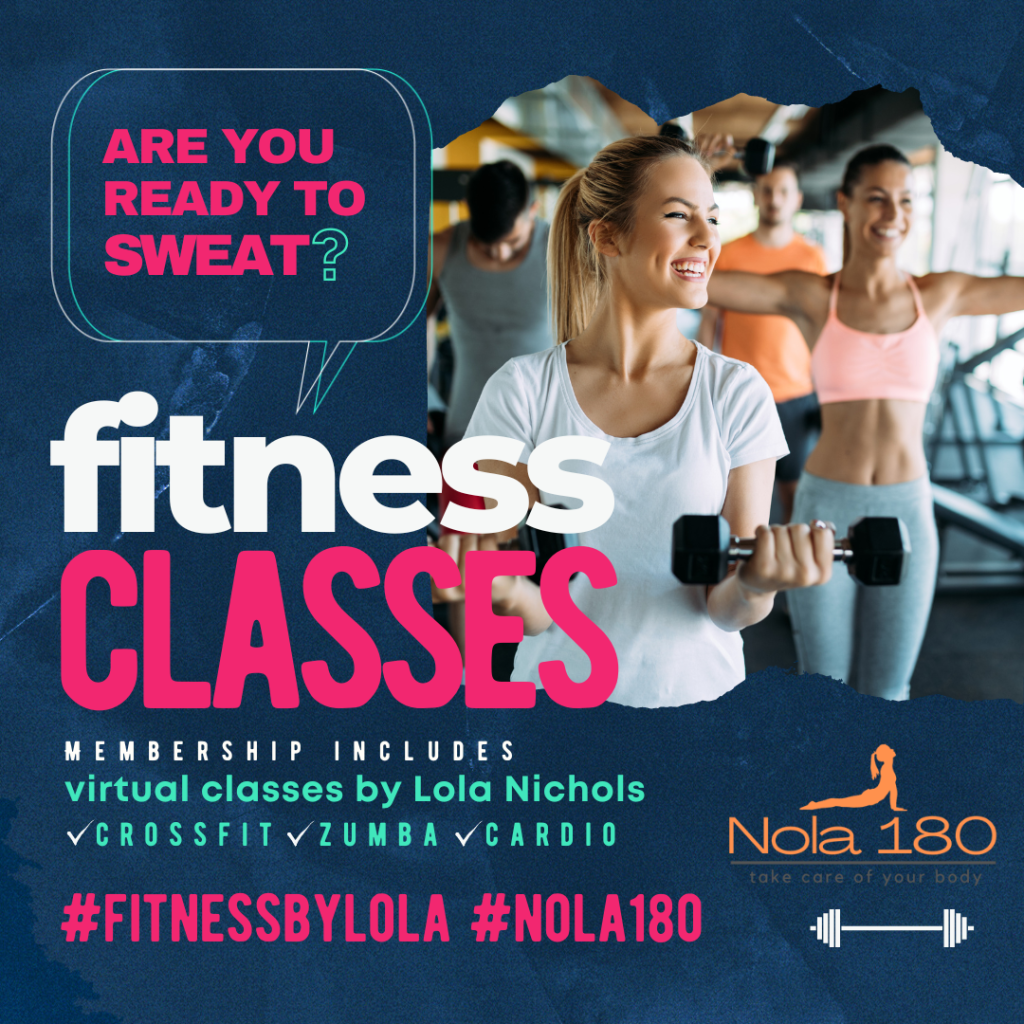Toning legs and glutes at home is both achievable and effective. With the right exercises and a consistent routine, anyone can enhance muscle definition without the need for a gym. Bodyweight workouts, resistance bands, and everyday household items can all contribute to a comprehensive leg and glute programme.
Many individuals find that incorporating specific movements, such as squats, lunges, and bridges, can significantly strengthen and shape these areas. These exercises not only target the legs and glutes but also improve overall fitness levels and support a balanced health journey.
For those seeking to maximise the benefits, understanding the importance of form and tempo in each exercise is essential. With dedication and proper guidance, it is possible to achieve noticeable results in the comfort of one’s home.
Essential Anatomy and Function of Legs and Glutes
Understanding the anatomy and function of the leg and glute muscles is vital for effective exercise. Knowledge of these muscle groups aids in targeted workouts that improve strength, stability, and overall posture.
Understanding Leg Muscle Groups
The legs comprise multiple muscle groups, each contributing to a variety of movements. Key muscles include:
- Quadriceps: Located at the front of the thigh, these muscles extend the knee.
- Hamstrings: Found at the back of the thigh, they flex the knee and extend the hip.
- Calves: These muscles, located at the back of the lower leg, assist in walking, running, and jumping.
The coordination among these muscle groups is crucial for proper movement mechanics and injury prevention. Strengthening them can enhance athletic performance and daily activities.
The Role of the Gluteus Maximus, Medius, and Minimus
The gluteal muscles play a significant role in the function of the legs and hips.
- Gluteus Maximus: This is the largest muscle in the buttocks and is primarily responsible for hip extension, outward rotation, and maintaining upright posture.
- Gluteus Medius: Located on the side of the hip, it stabilises the pelvis while walking and assists in hip abduction.
- Gluteus Minimus: The smallest of the three, this muscle aids in hip abduction and stabilises the pelvis.
Together, these muscles contribute to power, stability, and balance during various activities, making them essential for effective leg and glute training.
Posture, Stability, and Balance
Posture is crucial in maintaining overall body alignment, while stability and balance are necessary for effective movement. Strong leg and glute muscles improve balance, reducing the risk of falls and injuries. Proper engagement of the glutes aids in maintaining pelvic alignment, promoting better posture. When the glutes and leg muscles are strong, they support the spine and pelvis during various activities.
Exercises targeting these areas also enhance proprioception, the body’s ability to sense its position. This awareness contributes to better stability during movements, which is vital for athletic performance and daily tasks.
Effective Home-Based Exercises to Tone Legs and Glutes
A targeted approach to strengthening and toning the legs and glutes can be achieved through a variety of exercises that require minimal or no equipment. The following movements encompass bodyweight exercises, options for incorporating free weights, and several glute-focused isolation techniques.
Bodyweight Movements for Strength and Tone
Bodyweight exercises are an excellent foundation for leg and glute toning. They require no equipment and can be performed anywhere.
- Squats: Stand with feet shoulder-width apart, lowering the hips down as if sitting back into a chair. Keep the chest up and the knees aligned with the toes.
- Lunges: Forward lunges target multiple muscle groups. Step forward, lowering the back knee toward the floor. Alternate with reverse lunges, stepping backward for variation.
- Glute Bridges: Lie on your back with knees bent, feet flat. Lift the hips towards the sky while squeezing the glutes. This effectively targets the glute muscles.
- Single Leg Deadlifts: Stand on one leg, hinging at the hip to lower the torso while extending the opposite leg behind. This enhances balance and targets the hamstrings.
Incorporating Free Weights and Kettlebells
Adding free weights or kettlebells allows for increased resistance and intensity in workouts.
- Goblet Squats: Hold a kettlebell or dumbbell close to the chest. Perform a squat, ensuring to maintain proper form. This engages the core and legs effectively.
- Walking Lunges with Weights: Hold dumbbells by the sides and step forward into a lunge. This dynamic movement enhances muscle engagement and builds stamina.
- Straight-Leg Deadlifts: Using weights, hinge at the hips with a slight bend in the knees. This movement targets the hamstrings and glutes effectively.
Incorporating these weighted exercises increases the challenge and promotes muscle growth.
Glute-Focused Isolation Exercises
To specifically target and tone the glutes, isolation exercises are essential.
- Fire Hydrants: On all fours, lift one leg laterally. This movement targets the gluteus medius and helps improve hip stability.
- Clamshell: Lie on one side with knees bent. Keeping feet together, raise the top knee without moving the pelvis. This is effective for glute activation.
- Pilates Frog: While lying on the back, bend the knees and bring the feet together. Open the legs while keeping the feet touching, engaging the inner and outer thighs as well as the glutes.
- Wall Squats: Lean against a wall and slide down into a squat position. Holding for time can enhance endurance and strength in the legs and glutes.
Building Lower-Body Strength Safely
Safety is paramount when performing lower-body exercises.
- Start with bodyweight movements to master form before adding weights.
- Warm-Up: Include dynamic stretches or light cardio to prepare the muscles.
- Listen to the Body: If discomfort arises, modify the exercise or reduce the intensity. Proper alignment ensures injury prevention.
- Gradually increase resistance and repetitions as strength builds, promoting safe progression over time.
These guidelines will help maintain effective and safe training for toned legs and glutes.
Maximising Results for Strong, Toned Legs and Glutes
Achieving strong, toned legs and glutes requires attention to exercise technique, understanding mobility benefits, and finding ways to overcome challenges while working out at home. Focusing on these areas can optimise results and enhance overall fitness.
Proper Exercise Technique and Muscle Activation
Correct exercise technique is crucial for activating the glute muscles effectively. Exercises such as squats, lunges, and bridges target the glutes and legs. It’s important to focus on form:
- Feet shoulder-width apart for squats.
- Knees aligned over toes during lunges.
- Engaging the core throughout all movements.
This engagement not only strengthens the glutes but also supports the lower back, reducing pain. A slow and controlled movement can enhance muscle activation, leading to better results. Aim for 3-4 sets of 10-15 repetitions for each exercise, adjusting as strength improves.
The Benefits of Toned Glutes and Improved Mobility
Toned glutes offer numerous benefits beyond aesthetics. Strong glute muscles contribute to improved posture and stability, which can alleviate low-back pain. Additionally, enhanced mobility aids in performing daily activities with ease, such as walking, climbing stairs, and bending.
Incorporating flexibility routines, like yoga or stretching, helps maintain mobility. Strengthening exercises combined with mobility work foster a balanced workout regimen. Noting how each exercise influences mobility can guide individuals toward better fitness routines.
Overcoming Fitness Challenges at Home
Working out at home presents unique challenges, such as a lack of motivation or limited space. Establishing a dedicated workout area can help create an environment conducive to exercise. Setting specific goals, like improving glute strength or increasing workout frequency, can enhance focus. Using bodyweight exercises or minimal equipment, such as resistance bands, can still yield effective glute workouts.
Additionally, creating a schedule and tracking progress can help maintain accountability. Overcoming these obstacles will lead to better muscle activation and, ultimately, stronger, toned legs and glutes.
Lifestyle Strategies to Support Leg and Glute Training
Incorporating effective lifestyle strategies can significantly enhance leg and glute training. Attention to meal planning, maintaining motivation, and leveraging technology can lead to better results and sustained progress.
However, for some people, consistent training and nutrition still don’t fully address stubborn fat deposits or loose skin after pregnancy or major weight loss. Exploring medically supervised options can help clarify realistic outcomes and timing. For example, resources from San Diego Cosmetic Surgery can explain common body‑contouring procedures, recovery expectations, and patient selection criteria.
Understanding these options alongside continued exercise and diet empowers readers to make informed decisions tailored to their goals. A consult with a board‑certified specialist can determine whether surgical or non‑surgical approaches might complement a dedicated fitness plan.
Meal Planning and Nutritional Support
Creating a balanced meal plan is essential for supporting muscle tone and recovery. A focus on protein intake helps in muscle repair, while healthy fats and carbohydrates provide energy. Key components of a nutritious meal plan may include:
- Lean Proteins: Chicken, fish, tofu, and legumes.
- Whole Grains: Quinoa, brown rice, and wholemeal bread.
- Vegetables: Spinach, broccoli, and sweet potatoes for vitamins and minerals.
By preparing meals in advance, an individual can better control portion sizes and nutritional quality. Tools like meal prep containers can facilitate organisation. She should aim for a diet that is rich in variety to ensure comprehensive nutrition.
Staying Motivated on Your Fitness Journey
Maintaining motivation is crucial when training at home. One effective approach is to set specific, achievable goals. They can track progress through a journal or digital app, noting improvements in strength or endurance.
To keep motivation high:
- Set Goals: Include short-term and long-term objectives.
- Establish a Routine: Consistency fosters habit and dedication.
Creating a vision board with inspirational quotes, photos, or milestones can also serve as a daily reminder of commitment. Reassessing these goals regularly can help maintain focus and adapt to changes as needed.
Utilising Technology and Daily Inspiration
Technology can boost engagement and provide daily inspiration for leg and glute training. Fitness apps like Start Today offer guided workouts and progress tracking. Additionally, joining online communities can facilitate connection with others seeking similar goals. Engaging in virtual challenges or following fitness influencers can provide fresh ideas and encouragement.
Incorporating technology may include:
- Workout Apps: For structured guidance and routines.
- Social Media: Follow trainers or communities that align with personal fitness aspirations.
This integration of technology creates a supportive environment, making home workouts more interactive and motivating.

